OU News
News from The Open University
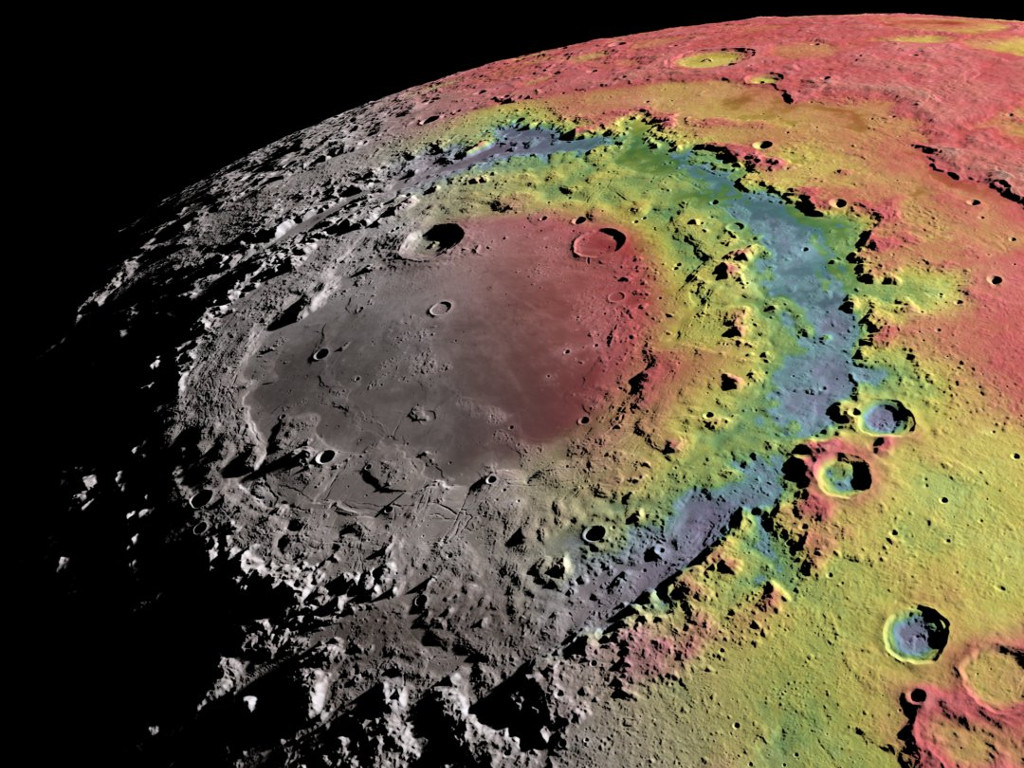
Study sheds light on violent asteroid crash that caused mysterious ‘crater rings’ on the moon
Some 3.8 billion years ago, the moon was a dangerous place – constantly bombarded with asteroids and comets. Our celestial neighbour still bears the scars of this time, in the shape of craters. The biggest of these are called basins, and one is the mysterious, 930km-diameter Orientale Basin, which looks like a bull’s eye with […]
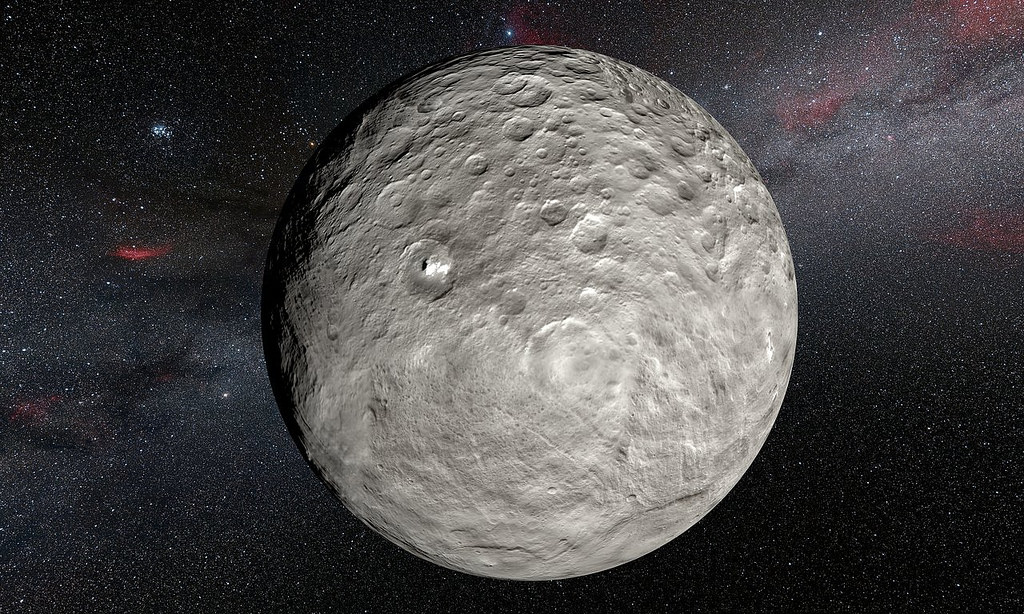
Ceres asteroid may have an ‘ice volcano’ and other signs of water, NASA mission reveals
The arrival of NASA’s Dawn mission at the huge asteroid “1 Ceres” in early 2015 has turned out to have been well worth waiting for. This dwarf planet is the largest body in the asteroid belt between Mars and Jupiter and was the first to be discovered. But, until recently, we have only had information […]
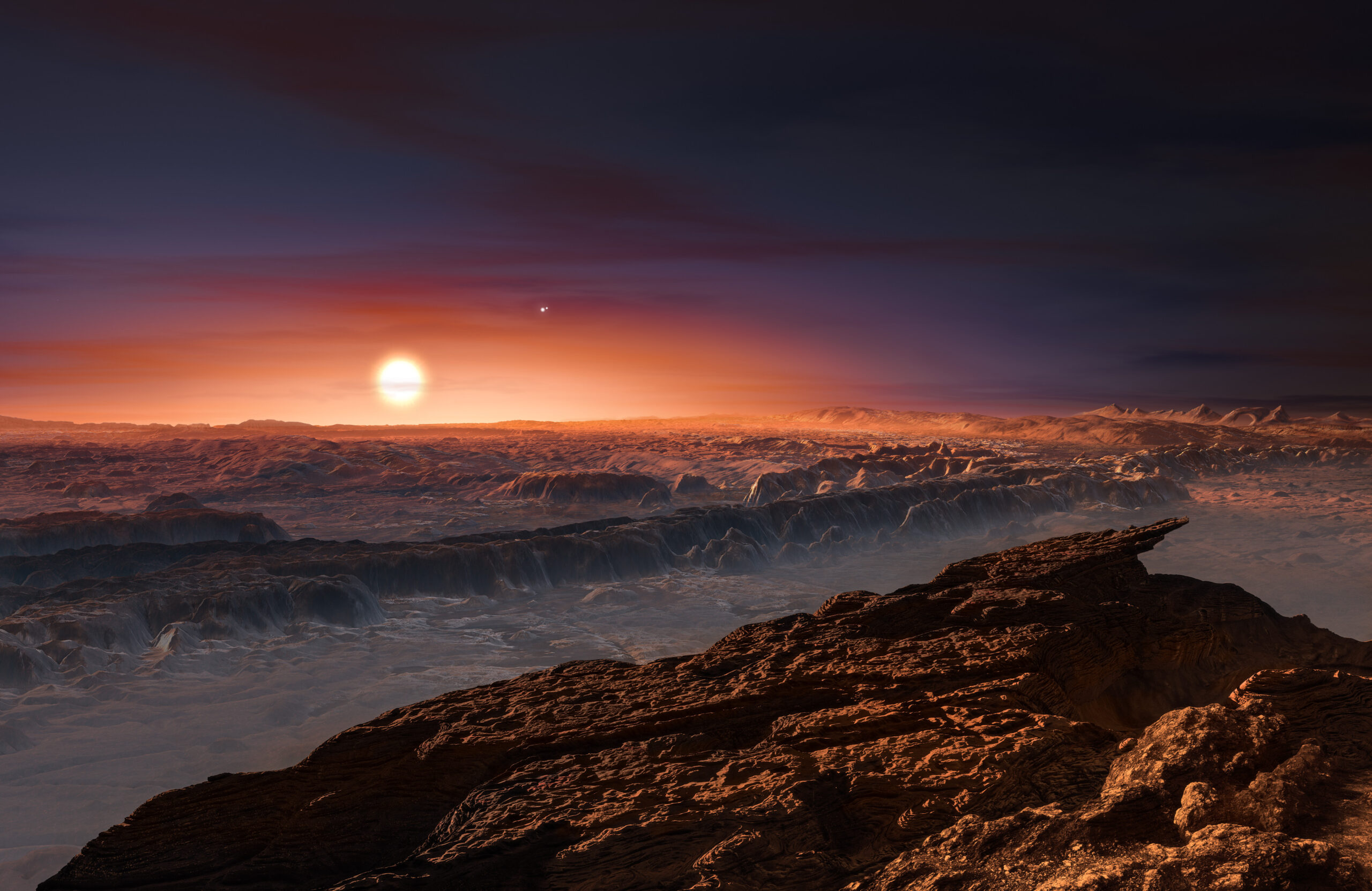
OU astronomer helps to discover an Earth-like planet
An international team of astronomers has detected a planet orbiting our nearest star, Proxima Centauri. The research, which has been published in Nature to a global audience, suggests the planet is at just the right distance from Proxima Centauri for liquid water to exist on its surface and has the potential to support life. Only […]
Read more about OU astronomer helps to discover an Earth-like planet

What does the solar system sound like?
“In space, no one can hear you scream” was the tagline of the 1979 box office film success Alien. And it’s true. Sound waves propagate mechanically as a vibration and therefore need a medium – solid, liquid or gas – to travel through. Although interplanetary (and interstellar) space is not completely empty, gas molecules and […]
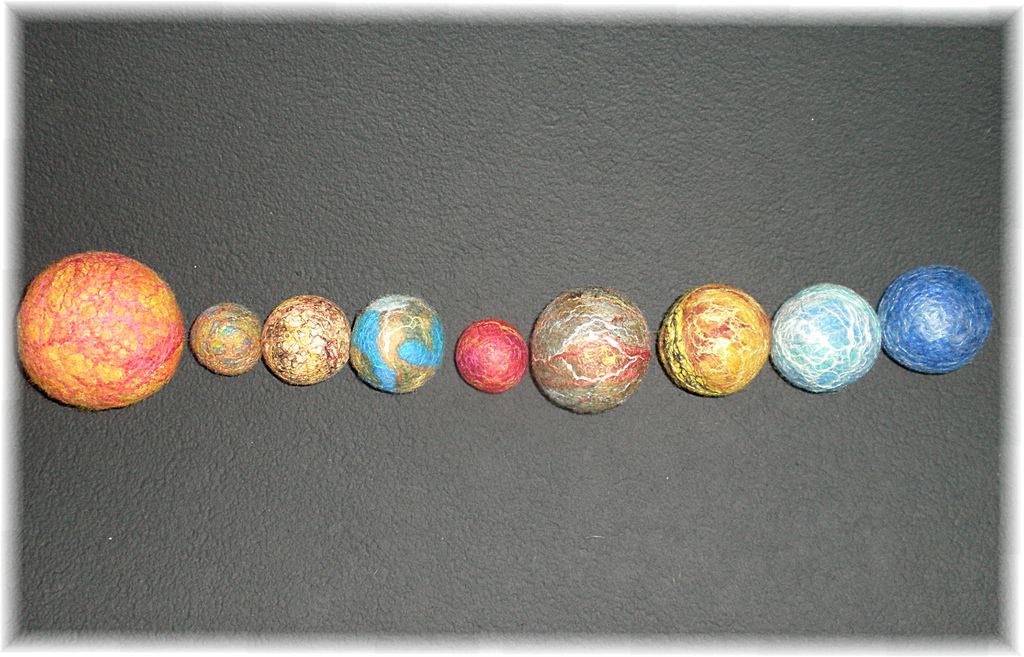
From Neptune’s blue hue to Jupiter’s red spot: are the colours of the planets real?
These days, we’re used to seeing pictures of planets sent back by spacecraft. Some pictures look colourful, others less so. But do they show what each planet really looks like? The short answer to this is “sometimes”, because some planets are genuinely quite colourful. Others are surfaced by rock that is almost entirely grey, and […]
Read more about From Neptune’s blue hue to Jupiter’s red spot: are the colours of the planets real?
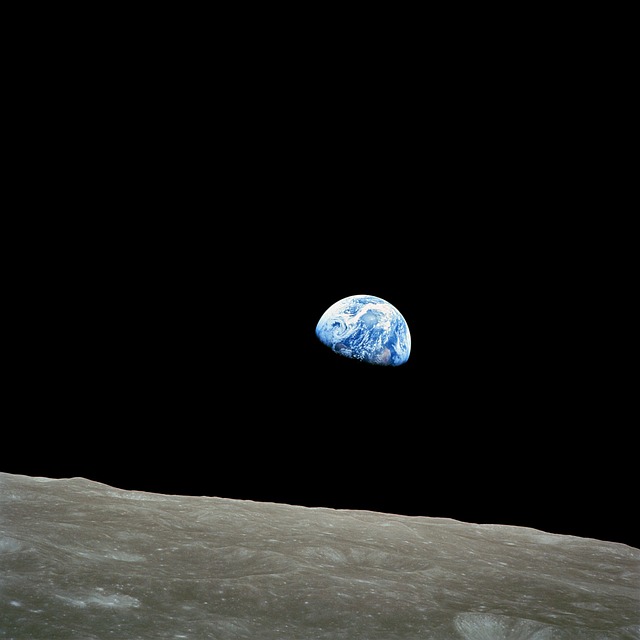
OU joins new search for water on the Moon
A new mini robotic laboratory going to the south pole of the Moon to search for water could “enable a new wave of human exploration of the Moon and beyond” according to Open University scientist Dr Simeon Barber. The Open University has partnered with leading aerospace company Leonardo-Finmeccanica to develop ProSPA, a miniature robotic laboratory […]
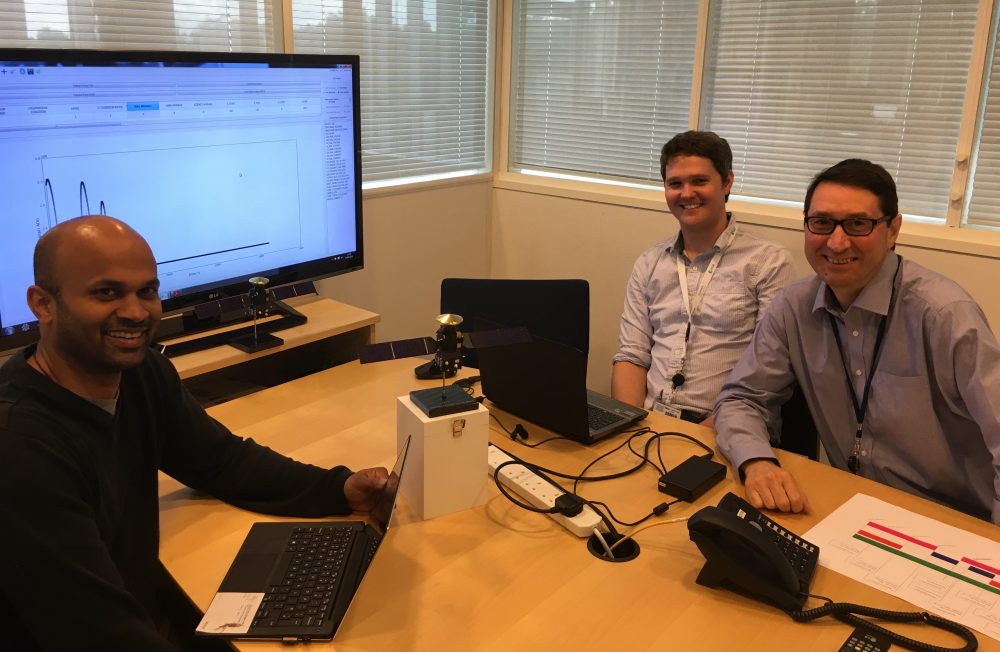
Sniffing out life on Mars: mid-cruise check-out (and it’s 1-0 to England)
Data is currently being received and reviewed from the ExoMars Mission – the launch of a spacecraft in March to demonstrate Europe’s first ever landing on Mars later this year, and an attempt to sniff out signs of life on the Red Planet. The ExoMars Orbiter is carrying an instrument with significant OU involvement which […]
Read more about Sniffing out life on Mars: mid-cruise check-out (and it’s 1-0 to England)

Q&A: Astronaut Ron Garan – space travel for all will make the Earth a better place
Professor Monica Grady explains why she thinks space travel will make earth a better place to live. There is a small but growing set of people who have had the opportunity to see the Earth as a planet, and view its changing seasons and weather patterns from above. Astronauts are a rare breed: men, and, […]
Read more about Q&A: Astronaut Ron Garan – space travel for all will make the Earth a better place
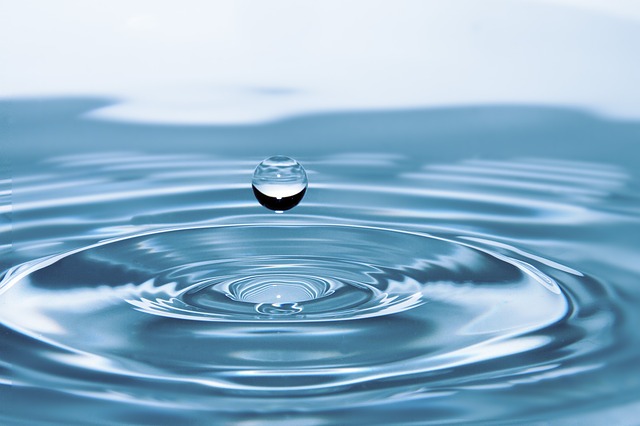
Asteroids most likely delivered water to the moon – here’s how we cracked it
One of the moon’s greatest mysteries has long been whether it has any water. During the Apollo era in 1960s and 70s, scientists were convinced it was dry and dusty – estimating there was less than one part in a billion water. However, over the last decade, analyses of lunar samples have revealed that there […]
Read more about Asteroids most likely delivered water to the moon – here’s how we cracked it
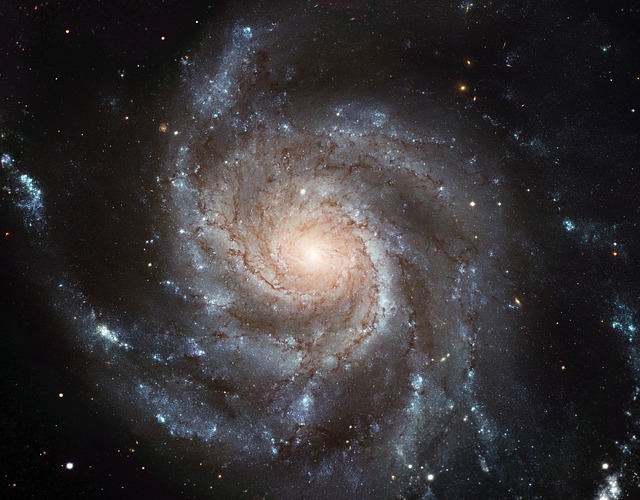
A comet, cancer and the space in between
Space, it’s very out there. The exploration of the stars, galaxies and moons is all very exciting but it can seem a bit removed from our everyday lives. Things are different at The Open University, where space exploration is not done in isolation. Take the Rosetta Mission: This ground-breaking mission involved the OU creating the Ptolemy […]
Page 9 of 11